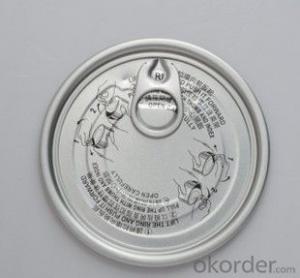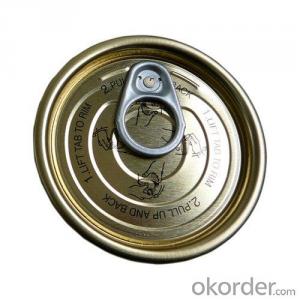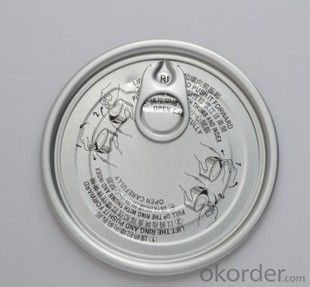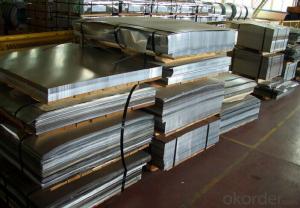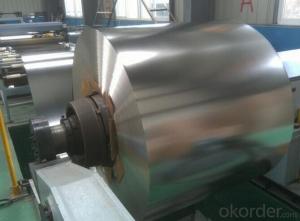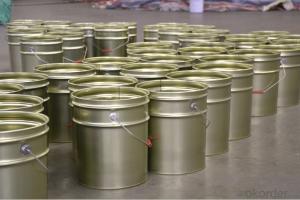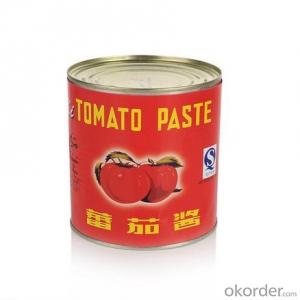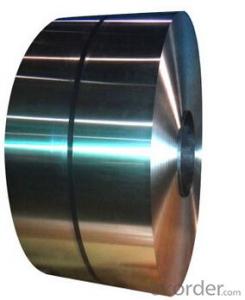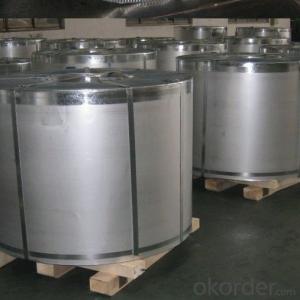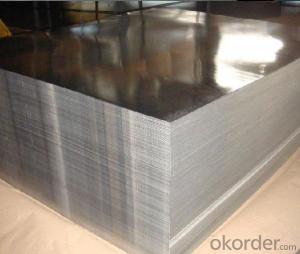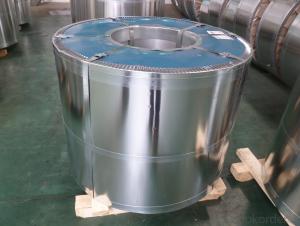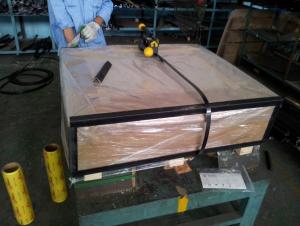Tinplate EOE For Tomato Paste Packing,69.7mm
- Loading Port:
- China main port
- Payment Terms:
- TT OR LC
- Min Order Qty:
- 1500000 PCS
- Supply Capability:
- 10000000 PCS/month
OKorder Service Pledge
OKorder Financial Service
You Might Also Like
Specifications
1) Model: 214#
2) Diameter: 70mm
3) lacquer: clear or gold or grey or white as per different sterilized food category.
Easy to Open
Just lift and pull the ring tab and the FAE will open easily. It is very user-friendly.
Convenience
The FAE can be opened with just a finger pull. Can openers are not needed.
Reliability
Eliminates the risk of end particles falling into the can during the process of opening.
| Material: | tinplate | |
| Type of Easy Open End (Lid) | Inner diameter (mm) | Lacquer (Food Degree) |
| 214# | 69.7mm | standard lacquer is gold organosol inside, can be changed |
| Tinplate EOE | Used for canned fruits or vegetables: inside lacquer should be gold phenoic epoxy | |
| Used for tomato paste: inside lacquer should be gold organosol | ||
| Used for fish or meat: inside lacquer should be aluminized lacquer | ||
Our packing
We could offer package as customers require, by carton or by wooden pallet.
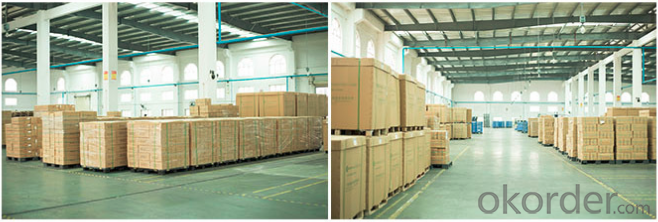
Our Workshop
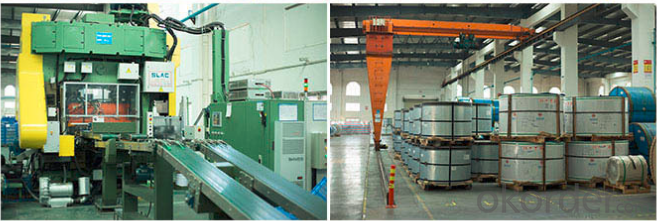
FAQ
1.Q: What is the material of EOE?
We can offer both tinplate and aluminum material made EOE;
2.Q:Could you offer samples for our testing?
YES, we could offer sampler for free if needed;
3. Q:Can you make new mold with customized size I need?
YES, We can make mold for you if reach some qty.
- Q: What are the latest innovations in tinplate technology?
- Some of the latest innovations in tinplate technology include advancements in coatings, such as new environmentally friendly and corrosion-resistant coatings, as well as improved printing techniques for enhanced graphic quality on tinplate packaging. Additionally, there have been developments in lightweighting techniques to reduce the overall weight of tinplate while maintaining its strength and durability.
- Q: What are the typical lead times for tinplate production?
- The typical lead times for tinplate production can vary depending on various factors, such as the complexity of the product, order quantity, and the production capacity of the manufacturer. However, on average, lead times for tinplate production can range from a few weeks to a couple of months. It is recommended to consult with the specific manufacturer for more accurate and up-to-date information regarding lead times.
- Q: Can tinplate be embossed?
- Yes, tinplate can be embossed.
- Q: How does tinplate compare to plastic packaging in terms of sustainability?
- Tinplate packaging generally has a better environmental sustainability profile compared to plastic packaging. Tinplate is highly recyclable and often contains a significant percentage of recycled content. It has a longer lifespan and can be reused multiple times before recycling. On the other hand, plastic packaging is often made from fossil fuels, non-biodegradable, and has a limited recycling rate. Additionally, plastic waste can persist in the environment for hundreds of years, contributing to pollution and harm to wildlife. Therefore, tinplate packaging is considered a more sustainable option in terms of reducing waste and minimizing environmental impact.
- Q: Can tinplate be used for microwave-safe packaging?
- No, tinplate cannot be used for microwave-safe packaging as it is made of steel coated with a thin layer of tin, which can cause sparks and potential damage to the microwave.
- Q: What is the elongation of tinplate?
- The elongation of tinplate refers to its ability to stretch or deform without breaking or cracking under applied stress. It is a measure of the material's ductility and is typically expressed as a percentage increase in length compared to its original length before deformation.
- Q: Can tinplate be used for military applications?
- Yes, tinplate can be used for military applications. Tinplate, which is coated with a thin layer of tin to prevent corrosion, offers excellent durability and protection against rust. This makes it suitable for various military equipment and supplies such as ammunition cans, food containers, and other storage solutions. Additionally, tinplate is a cost-effective material that can withstand harsh environments and provide long-lasting performance, making it a reliable choice for military applications.
- Q: How is tinplate printed and decorated?
- Tinplate is typically printed and decorated through a process called lithography. This involves creating a design on a flat surface, often using a metal plate, which is then transferred onto the tinplate using ink. Various techniques such as offset printing or screen printing can be employed to achieve different effects and colors. Additionally, other decorative elements like embossing or varnishing may be applied to enhance the visual appeal of the tinplate.
- Q: What are the main challenges in tinplate storage and transportation?
- The main challenges in tinplate storage and transportation include ensuring proper handling to prevent damage and corrosion, managing the weight and bulkiness of the material, and maintaining a controlled temperature and humidity environment to prevent deterioration. Additionally, maintaining accurate inventory records and efficient logistics to minimize delays and optimize distribution can be challenging.
- Q: The composition of tinplate?
- The name "tinplate" is not exact. Therefore, in 1973, when the Chinese tin plate meeting was called "tinplate", the official document no longer used the name "tinplate".
Send your message to us
Tinplate EOE For Tomato Paste Packing,69.7mm
- Loading Port:
- China main port
- Payment Terms:
- TT OR LC
- Min Order Qty:
- 1500000 PCS
- Supply Capability:
- 10000000 PCS/month
OKorder Service Pledge
OKorder Financial Service
Similar products
Hot products
Hot Searches
Related keywords
